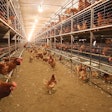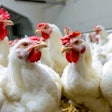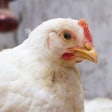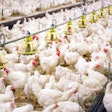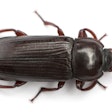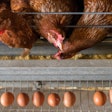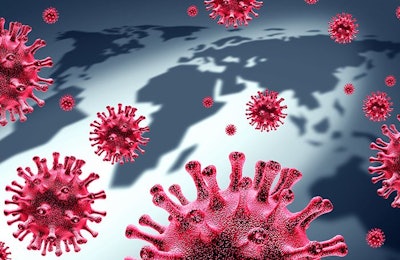
COVID-19 isn’t spread through food or packaging, the World Health Organization (WHO) reassured the food industry in a report that dispelled the controversial claim on April 7, 2020.
“There is no evidence to date of viruses that cause respiratory illnesses being transmitted via food or food packaging. Coronaviruses cannot multiply in food; they need an animal or human host to multiply,” the guidance stated.
Where the controversy started
In recent weeks, news of a pre-print research study suggesting that COVID-19 remains viable for up to 72 hours on plastic and stainless steel surfaces, up to four hours on copper and up to a day on cardboard spread.
However, any extrapolation to real-life applications for these findings should approached with caution, since the research was conducted under highly controlled laboratory conditions, the WHO report cautioned.
Myth: Busted
“I'm sure everybody has seen reports that in the popular press and in scientific literature that the virus can survive in in different environments,” Alan Reilly, an adjunct professor in the Institute of Food and Health at University College Dublin and the former Chief Executive of the Food Safety Authority of Ireland explained in an accompanying webinar. “It’s really highly unlikely that people working in the food industry can catch the disease from food or food packaging material.”
The new WHO guidance was directed at food producers and processors. It noted that the virus can be spread through person-to-person contact and through direct contact with respiratory droplets caused by the cough or sneeze of an infected person. COVID-19 may also be transmitted if someone touches an object or surface contaminated with the virus, also known as fomites.
The International Poultry Council (IPC) agreed with the guidance, releasing the following statement:
“As COVID-19 (Coronavirus) impacts people globally, it is important to clarify misinformation related to animal protein. There is no evidence to suggest that any animal products, including chicken and other poultry, are a risk for spreading or contracting COVID-19. Consumers can feel confident buying and eating poultry and other food products they enjoy.”
View our continuing coverage of the coronavirus/COVID-19 pandemic.
Like what you just read? Sign up now for free to receive the Poultry Future Newsletter.








